 |
| March 06, 2020 |
Dear Reader,
I'm technology editor Sophie Bushwick, filling in for Sunya Bhutta. In this newsletter, we're covering how light pollution is changing animal behavior in the Arctic and how fisheries will need to account for this effect. We've also got a look at a smelly recyclable—spoiler alert: it's manure—and a study that used video cameras to remotely monitor zoo animals' heartbeats and breathing rates from afar. |
| |
 |
| |
| |
| |
| |
| |
| |
| |
FROM THE STORE
 | | Ask the Experts: Physics and Math Scientific American's "Ask the Experts" column has been answering reader questions for nearly two decades. Now, we've combed through our archives and compiled some of the most interesting entries into a series of eBooks organized by subject. In the first of the series – Physics and Math – professors and researchers tackle a wide range of natural phenomena and mathematical concepts from what is antimatter to applications of game theory to what we know about tachyons. |  | | |
| |
FROM THE ARCHIVE
 | | | |
| QUOTE OF THE DAY
 "While other countries have been able to run millions of [coronavirus diagnostic] tests, the CDC has tested only 1,235 patients. Speed is of the essence when dealing with an epidemic early, and the CDC's mistakes are already proving costly to tracking the outbreak in the US." Neel V. Patel, MIT Technology Review | |
LATEST ISSUES
 |
| |
| Questions? Comments?  | |
| Download the Scientific American App |
| |
| |



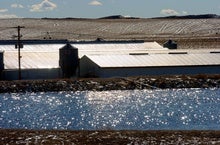
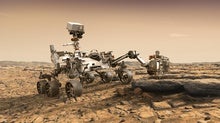


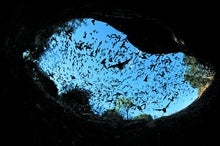
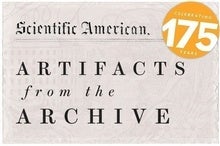
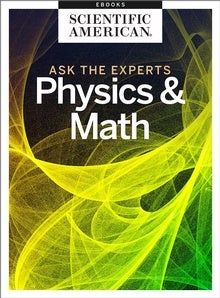

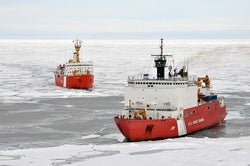
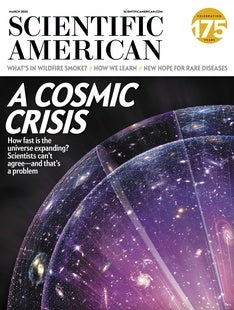

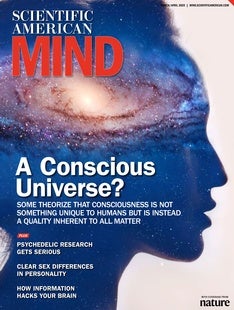
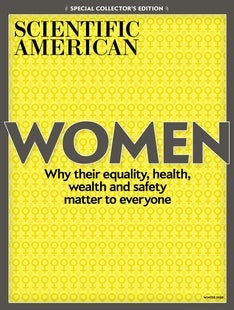
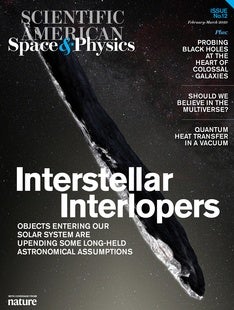



Comments
Post a Comment